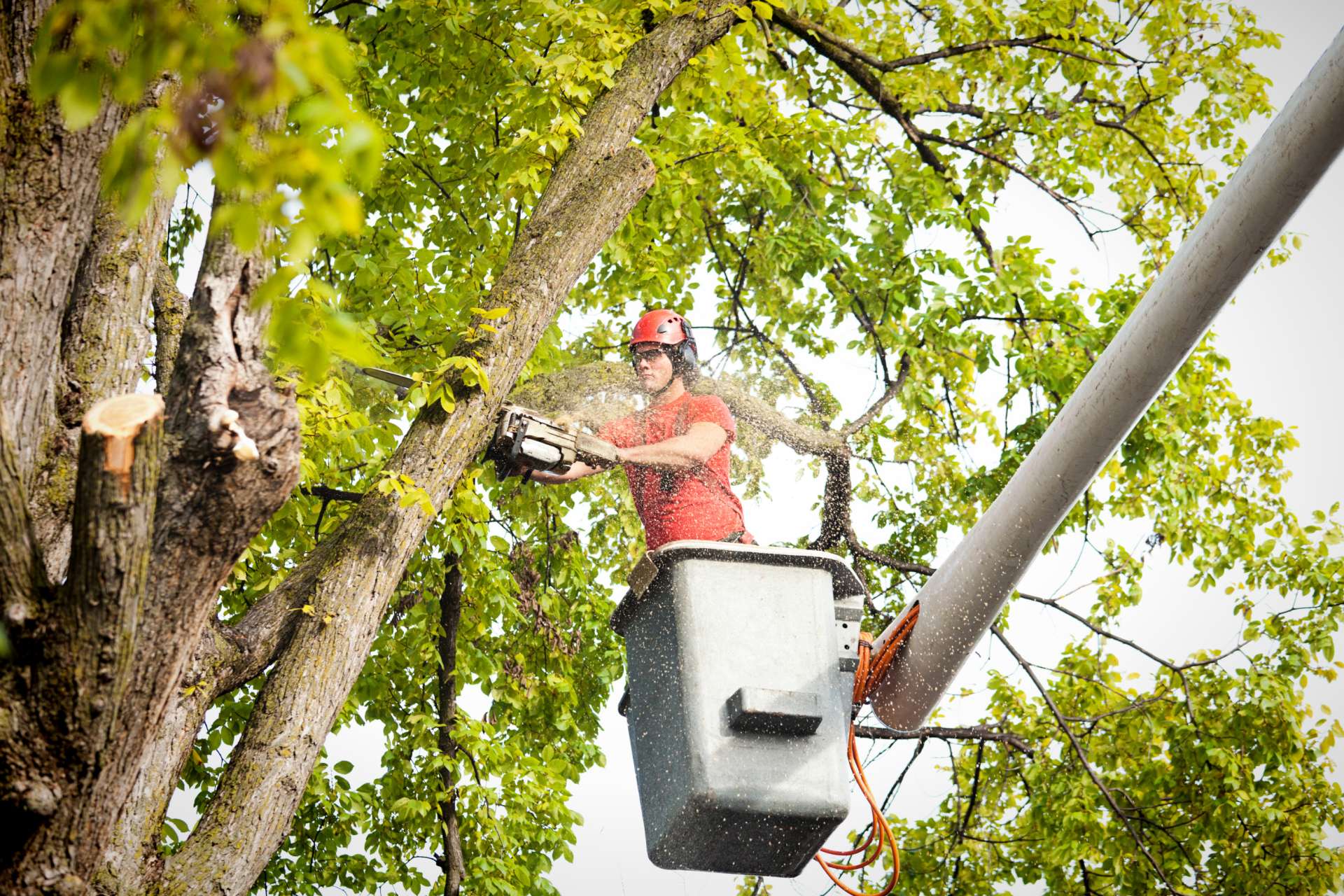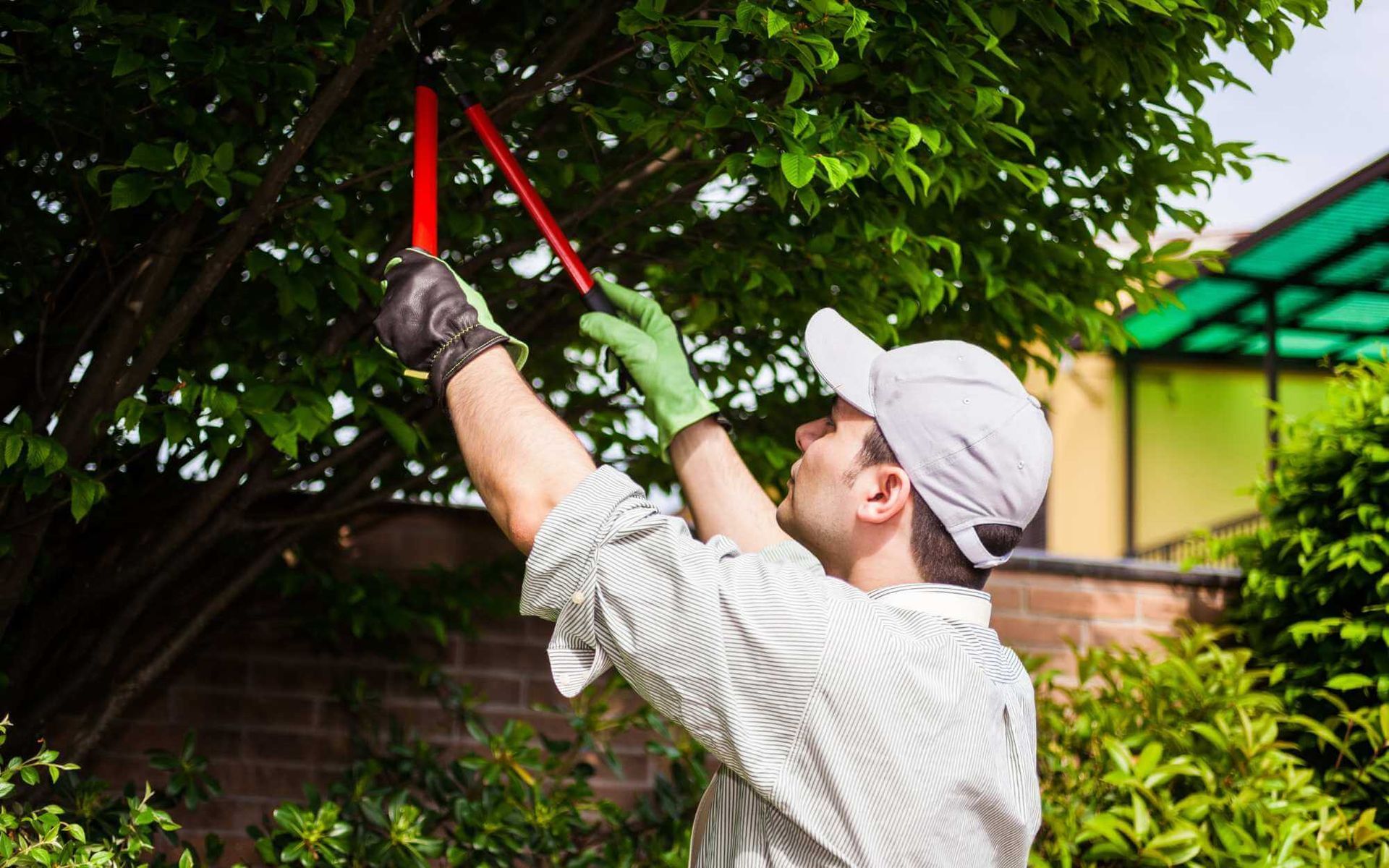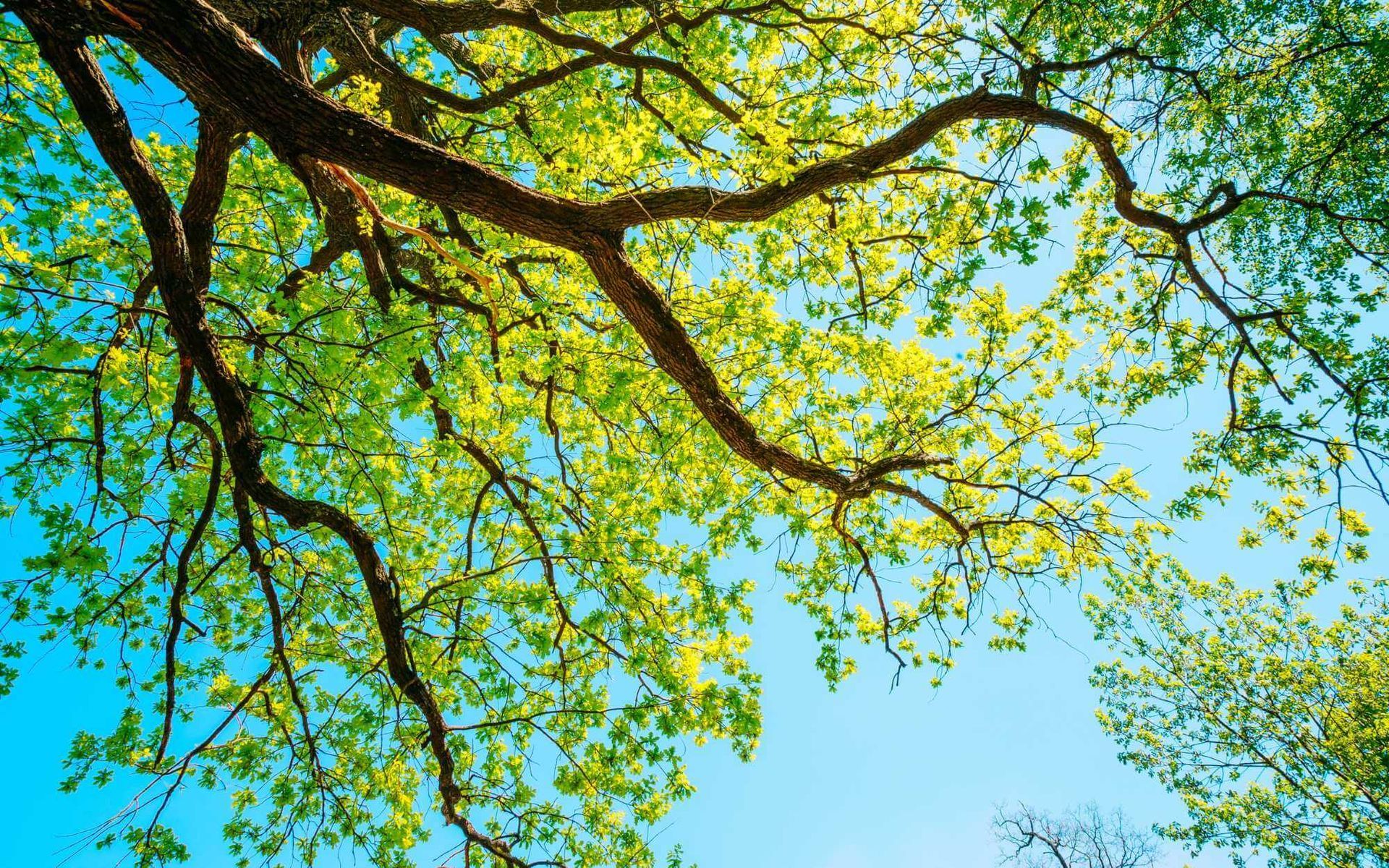A Guide to the Types of Tree Pruning Methods
PUBLISHED ON
SHARE THIS ARTICLE

Tree pruning is a critical aspect of maintaining tree health, promoting spring growth, and enhancing overall aesthetics. An untrimmed tree can become hazardous over time, posing risks to property and people. On the other hand, a properly pruned tree not only looks pleasing to the eye but also lives a healthy, long life, contributing positively to the ecosystem.
Pruning young trees and mature trees has various methods, each with a distinct purpose and a list of dos and don'ts. This guide aims to give you an in-depth understanding of the different procedures to prune trees and their practical applications.
But First, Why the Methods? Isn't Pruning Simply Cutting?
Pruning trees is a precise and scientific process that promotes tree health, growth, and safety. Careless cutting can harm the tree, while proper techniques ensure its structural integrity and beauty. Mastering pruning is an art and science that results in healthier, safer, and more attractive trees.
1. Crown Reduction: Preserving Tree Health and Safety
Crown reduction is a crucial pruning method for preserving tree structure while mitigating potential hazards. It involves cutting branches and reducing the crown size to minimize the risk of falling branches. The procedure is especially significant in regions like Florida, where storms and hurricanes are common.
Crown reduction should ideally be performed during late winter or early spring when trees are dormant. However, additional pruning may be required before the storm season for hurricane-prone areas. It's crucial to remove no more than one-third of the tree's crown during a single pruning session to prevent undue stress on the tree.
2. Canopy Thinning: Enhancing Sunlight and Airflow

Canopy thinning significantly benefits shade trees in Florida's hot and humid climate. By selectively removing branches throughout the canopy, this method enhances sunlight penetration and airflow, allowing lower branches to receive more light and making the tree more resistant to diseases and pests that thrive in damp, stagnant conditions.
When thinning a tree's canopy, be careful not to remove more than 25% of the crown at once to avoid stressing the tree. Start by removing branches that cross or rub against each other. Make clean cuts just outside the branch collar for faster healing. Avoid heavy corrective pruning at the top of the tree to prevent sunscald.
3. Deadwood Removal: Eliminating Safety Risks
Deadwood removal is paramount in storm-prone areas like Florida, where decayed branches pose serious safety risks. Deadwood is a magnet for pests, and in high winds, these branches can break easily, causing accidents. A key aspect of tree care and maintenance is identifying and removing deadwood effectively.
Visually inspect the tree for dead branches, broken branches, bark that is peeling off, or visible decay. Use a pole pruner for smaller branches and a handsaw for larger ones. Always cut outside the branch collar, making an angled cut so that water doesn't sit on the cut surface.
Professional arborists should prune branches that are large and limbs that are high to ensure safety and prevent damage to the overall tree structure.
4. Elevating the Canopy: Creating Vertical Clearance

Elevating the canopy is vital for providing clearance for buildings, pedestrians, and vehicles.
In Florida, tree branches can grow extensively and can interfere with power lines or obstruct sidewalks and roads. Elevation pruning aims to remove lower branches to a certain height, typically creating a clearance of 8 feet for pedestrian paths and up to 14 feet for roads.
To raise a tree's canopy, identify obstructive branches and cut them where they meet larger, vertical ones. Avoid removing more than 25% of live foliage and make cuts outside the branch collar. Keep the tree's natural form intact for aesthetics and health.
5. Shaping and Pruning for Aesthetics: Enhancing Landscape Beauty
Shaping and pruning for aesthetics is an art that enhances the visual appeal of a landscape, making it integral to tree care and maintenance. This process involves selectively pruning branches to achieve desirable shapes and forms.
For instance, in Florida, where tropical plants thrive, shaping landscape trees to complement palms and other flora creates a vibrant, cohesive landscape.
Envision the desired form of the tree and remove disturbing, large branches, but not more than 25% of live foliage at once. Prune during the dormant season for best results. Aesthetic pruning can enhance your landscape's beauty with careful execution and understanding of tree growth patterns.
Time to Master These Tree Pruning Techniques!
Proper tree pruning in Florida is vital for tree health, safety, and aesthetics.
Different methods serve unique purposes, such as crown reduction for falling branches, canopy thinning for light and airflow, deadwood removal for safety, canopy elevation for pathways, and aesthetic pruning. Improper pruning can cause harm to the tree, while correct techniques will preserve its beauty and promote longevity.
Now that you're armed with all this knowledge, it's time to apply proper pruning methods for healthy and safe trees!
Before you begin any type of pruning, it's essential to consult an experienced arborist or
certified tree care professional to determine the best approach for specific trees. At Real Tree Trimming & Landscaping, Inc., our expertise and experience can guide you to efficiently and safely complete tree pruning to create an attractive yet safe landscape.
Want a free quote or some friendly advice? Call our team today:






